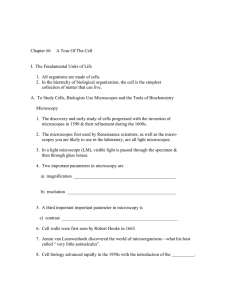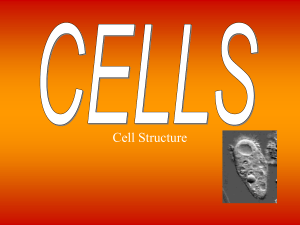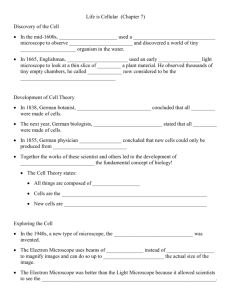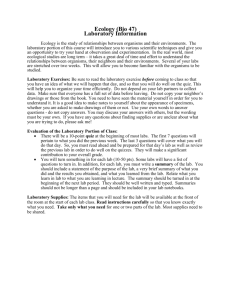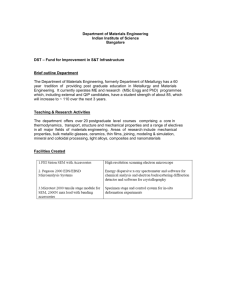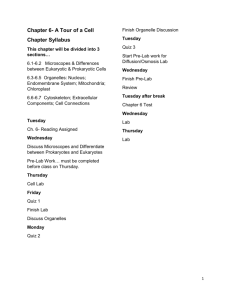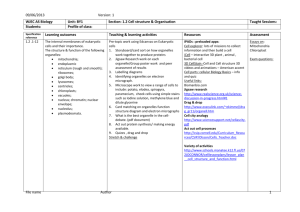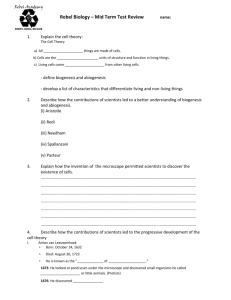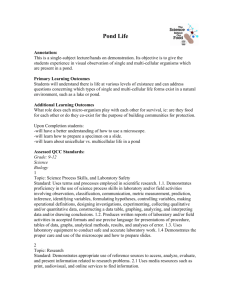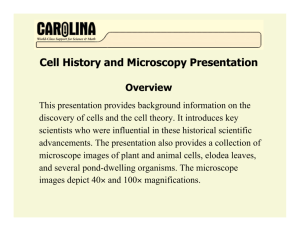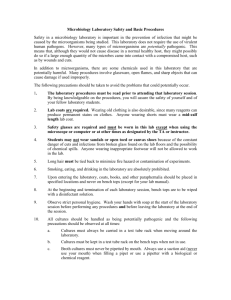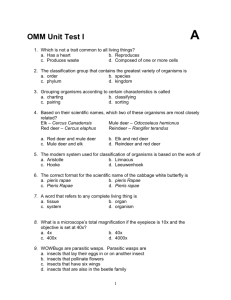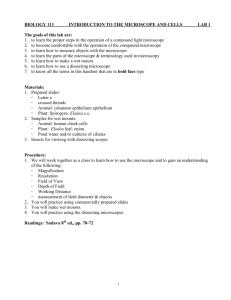spontaneous generation hypothesis abiogenesis control biogenesis
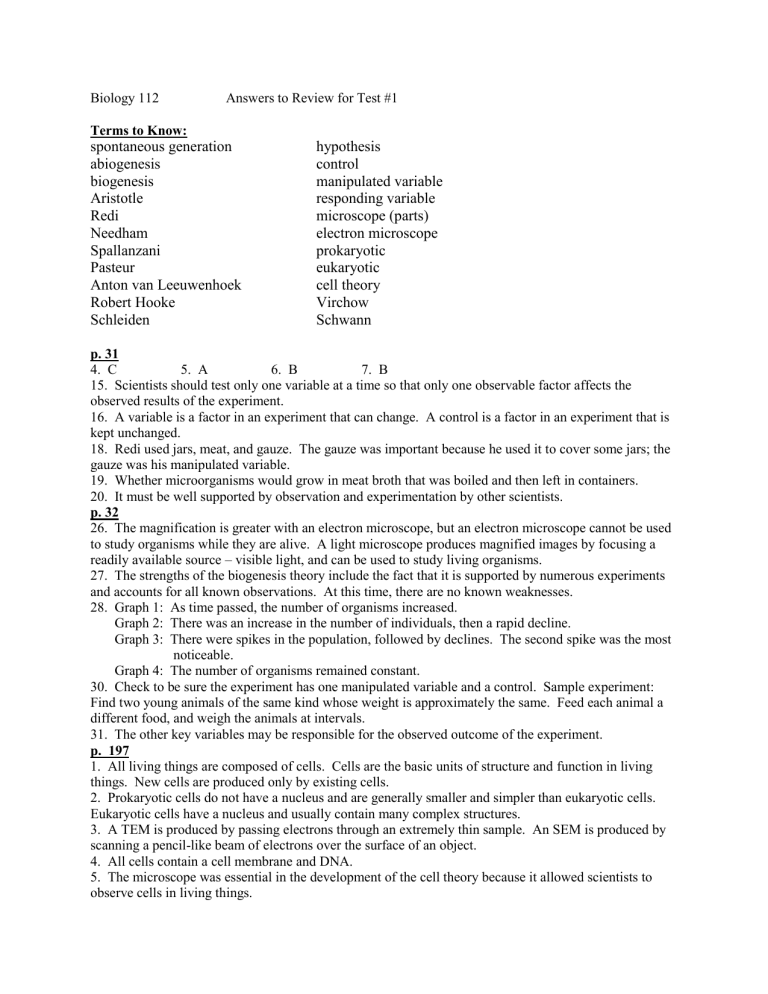
Biology 112
Terms to Know:
Answers to Review for Test #1
spontaneous generation hypothesis abiogenesis biogenesis
Aristotle control manipulated variable responding variable
Redi
Needham
Spallanzani
Pasteur
Anton van Leeuwenhoek
Robert Hooke
Schleiden microscope (parts) electron microscope prokaryotic eukaryotic cell theory
Virchow
Schwann
p. 31
4. C 5. A 6. B 7. B
15. Scientists should test only one variable at a time so that only one observable factor affects the observed results of the experiment.
16. A variable is a factor in an experiment that can change. A control is a factor in an experiment that is kept unchanged.
18. Redi used jars, meat, and gauze. The gauze was important because he used it to cover some jars; the gauze was his manipulated variable.
19. Whether microorganisms would grow in meat broth that was boiled and then left in containers.
20. It must be well supported by observation and experimentation by other scientists. p. 32
26. The magnification is greater with an electron microscope, but an electron microscope cannot be used to study organisms while they are alive. A light microscope produces magnified images by focusing a readily available source – visible light, and can be used to study living organisms.
27. The strengths of the biogenesis theory include the fact that it is supported by numerous experiments and accounts for all known observations. At this time, there are no known weaknesses.
28. Graph 1: As time passed, the number of organisms increased.
Graph 2: There was an increase in the number of individuals, then a rapid decline.
Graph 3: There were spikes in the population, followed by declines. The second spike was the most
noticeable.
Graph 4: The number of organisms remained constant.
30. Check to be sure the experiment has one manipulated variable and a control. Sample experiment:
Find two young animals of the same kind whose weight is approximately the same. Feed each animal a different food, and weigh the animals at intervals.
31. The other key variables may be responsible for the observed outcome of the experiment. p. 197
1. All living things are composed of cells. Cells are the basic units of structure and function in living things. New cells are produced only by existing cells.
2. Prokaryotic cells do not have a nucleus and are generally smaller and simpler than eukaryotic cells.
Eukaryotic cells have a nucleus and usually contain many complex structures.
3. A TEM is produced by passing electrons through an extremely thin sample. An SEM is produced by scanning a pencil-like beam of electrons over the surface of an object.
4. All cells contain a cell membrane and DNA.
5. The microscope was essential in the development of the cell theory because it allowed scientists to observe cells in living things.

